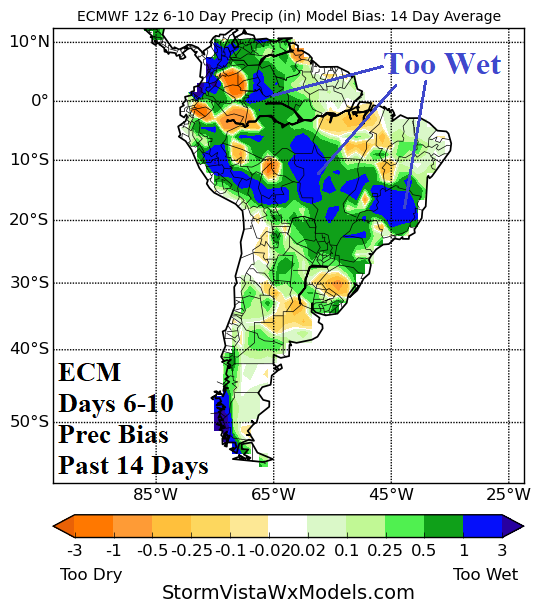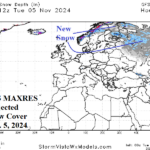
Lack of Snow Cover Northwest Eurasia About to Change
10/29/2024, 5:49 am EDT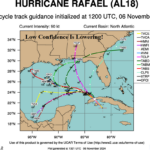
Rafael Trending Farther Westward in the Gulf of Mexico; Possibly Stronger
11/06/2024, 9:45 am ESTHighlight: Brazil forecasts have been too wet. But! Above normal rainfall (in Brazil) likely to continue into mid-month. Heavy rains Mid-south U.S. ahead.


Fig. 1-2: The 7-day percent of normal rainfall observations across South America and the daily soil moisture anomaly analysis.
Discussion: During the past week, heavy rain was observed across Northwest Argentina/Bolivia and East-central Brazil (Fig. 1). Elsewhere, dryness dominated. The daily soil moisture anomaly analysis reveals ongoing drought across the western half of Brazil and Southwest/Southeast Brazil (Fig. 2). East-central Brazil and North-central Argentina drought has eased. Forecasts have been wet the past 2+ weeks. However, the wet forecasts for the 6-10-day period are too wet, especially using the ECM (Fig. 3-4). Based on rainfall bias skill scores, the GFS is the better forecast model to project the 14-day rainfall outlook. The GFS projects a weakness in the upper air pattern across Interior Southeast Brazil for much of the next 15 days. Consequently, the 15-day forecast is wetter than normal across Brazil and the 24-hour change is somewhat wetter (Fig. 5-6).
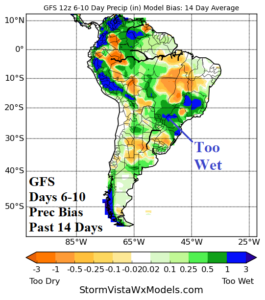
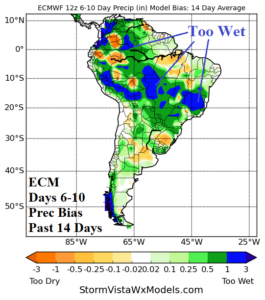
Fig. 3-4: The 6-10-day rainfall forecast bias across South America for the past 14 days comparing GFS and ECM.
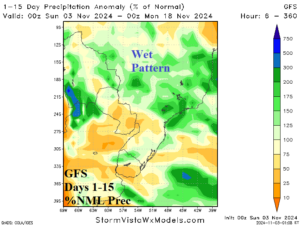

Fig. 5-6: The GFS 15-day percent of normal rainfall forecast across Argentina and Brazil and the 24-hour change.
In the U.S., 10-day forecasts are prohibitively wet across the U.S. AG Belt (Fig. 7-8). GFS centers excessive rain on KS/OK/MO while ECM is slightly southward. These areas are in a drought and many rivers are running near historical low point. The rain will help to ease these conditions. Severe thunderstorms are involved with the heavy rain. This zone is notoriously dry in November based on recent climatology.
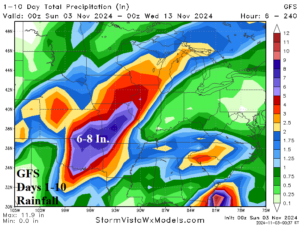

Fig. 7-8: The 10-day GFS and ECM rainfall amount forecasts across the U.S. AG Belt.

